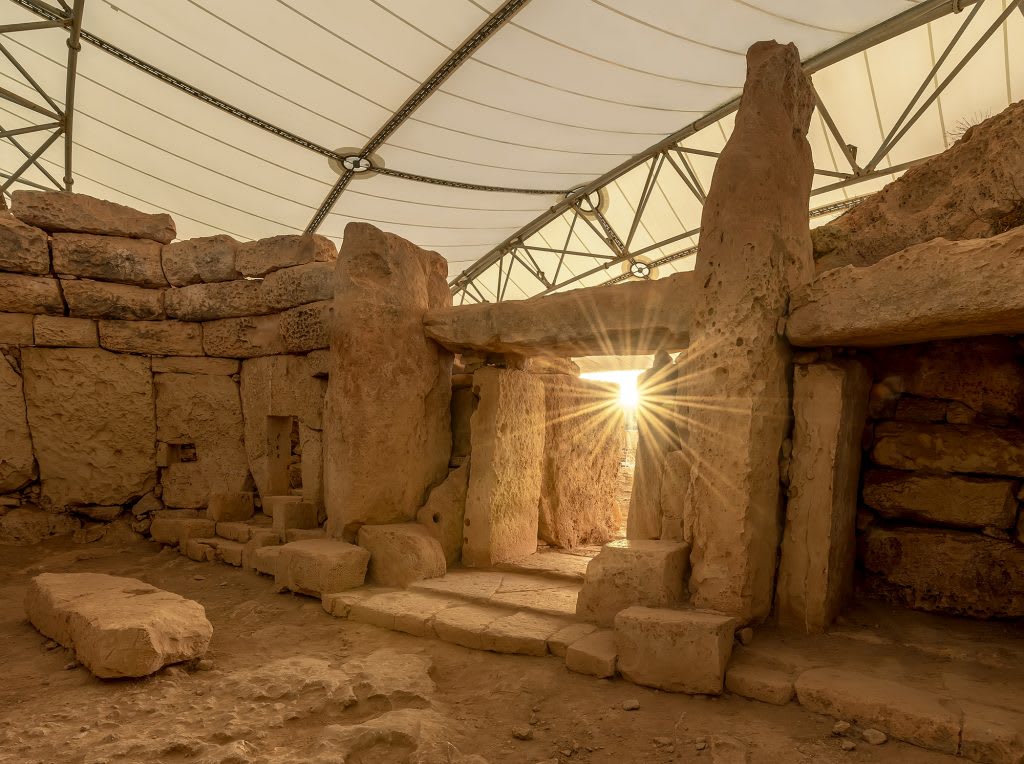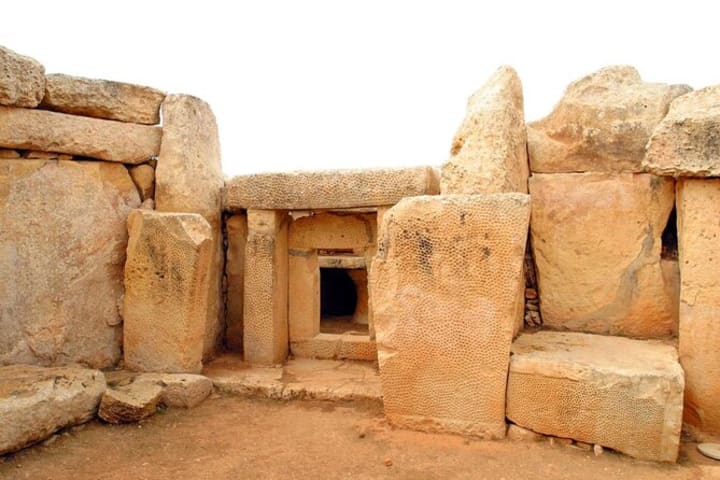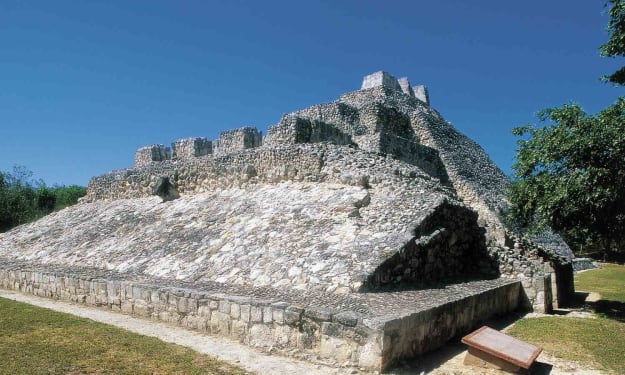Content warning
This story may contain sensitive material or discuss topics that some readers may find distressing. Reader discretion is advised. The views and opinions expressed in this story are those of the author and do not necessarily reflect the official policy or position of Vocal.
Have you heard of Ħaġar Qim? This ancient temple in Malta is one of the oldest religious sites on Earth, aligned with the solstice & stars!
Have you heard of Ħaġar Qim? This ancient temple in Malta is one of the oldest religious sites on Earth, aligned with the solstice & stars!

Have you heard of Ħaġar Qim? This ancient temple in Malta is one of the oldest religious sites on Earth, aligned with the solstice & stars!.
Yes, Ħaġar Qim is a remarkable archaeological site located on the southern coast of the Mediterranean island of Malta. It is one of several prehistoric temples on the archipelago and is considered one of the oldest religious sites on Earth. The temple complex dates back to the Ggantija phase (3600–3200 BCE), making it over 5,000 years old.
The Ħaġar Qim complex consists of a series of megalithic structures, including a main temple and three additional structures. The main temple is characterized by large limestone blocks intricately carved and arranged to form chambers, apses, and altars. The stones used in its construction are massive, and the architectural precision is impressive considering the tools available to the ancient builders.

One of the most fascinating aspects of Ħaġar Qim is its astronomical alignment. The temple is carefully oriented to align with the solstices, indicating a sophisticated under stanIn the heart of the Mediterranean, on the sun-kissed island of Malta, lies a testament to ancient ingenuity and spiritual reverence—Ħaġar Qim. This archaeological marvel, dating back over 5,000 years, is a window into a civilization's deep connection with the cosmos, a place where stones whisper the secrets of a bygone era.
As the first rays of the rising sun caress the limestone cliffs of Malta, they unveil a sacred landscape—a temple complex that has weathered the ages, standing proud against the relentless passage of time. The megalithic structures of Ħaġar Qim, intricately carved and meticulously arranged, beckon visitors to unravel the mysteries woven into the very fabric of the stones.
The story of Ħaġar Qim begins in the Ggantija phase, an epoch where humankind was just beginning to leave an indelible mark on the canvas of history. The builders, armed with primitive tools and boundless imagination, embarked on a monumental task—to construct a temple that would not only serve as a place of worship but also as an observatory to the heavens.
The main temple, a masterpiece of ancient architecture, stands as the focal point of the complex. Massive limestone blocks, hewn from quarries and transported with astonishing precision, form chambers, apses, and altars. The stones themselves seem to echo with the whispers of the past, telling tales of communal effort, spiritual devotion, and a profound understanding of the cosmos.
What sets Ħaġar Qim apart from other ancient sites is its celestial alignment—a celestial dance orchestrated by the architects of antiquity. As the summer solstice approaches, a hallowed moment unfolds. The first light of dawn, a golden thread connecting Earth and sky, pierces through carefully crafted apertures, casting a luminous spotlight upon altars and niches within the temple. It is a celestial embrace, a cosmic affirmation of the connection between the earthly and the divine.
Yet, the celestial ballet does not end with the solstices. Ħaġar Qim reveals itself as a celestial timepiece, a testament to the ancient Maltese people's profound understanding of the stars. Astronomical alignments with specific stars and celestial events suggest that the temple served not only as a center for religious rituals but also as an observatory—a place where priests or astronomers observed the heavens, deciphering the celestial rhythms that governed their world.
The purpose of these megalithic structures remains shrouded in the mists of time. Some speculate that Ħaġar Qim was a sanctuary for communal gatherings and rituals, a sacred space where the spiritual and earthly realms converged. Others believe that the complex played a role in rites connected to agriculture, fertility, or even the afterlife.
As the centuries rolled on, Ħaġar Qim stood witness to the rise and fall of empires, weathering the tumultuous tides of human history. In recognition of its cultural significance, UNESCO bestowed upon it the prestigious title of a World Heritage Site, ensuring that future generations would have the opportunity to marvel at the ancient craftsmanship and ponder the enigmatic purpose of these temples.
Today, as visitors wander through the corridors of time within the stone embrace of Ħaġar Qim, they become part of an ongoing narrative—a story that transcends epochs. The whispers of the past resonate in the wind, inviting all who listen to join the dance of the ancients, where the earthly and the celestial twirl in harmony, echoing a profound understanding that, despite the eons that separate us, we are all connected to the same cosmic tapestry.
About the Creator
Enjoyed the story? Support the Creator.
Subscribe for free to receive all their stories in your feed. You could also pledge your support or give them a one-off tip, letting them know you appreciate their work.






Comments
There are no comments for this story
Be the first to respond and start the conversation.